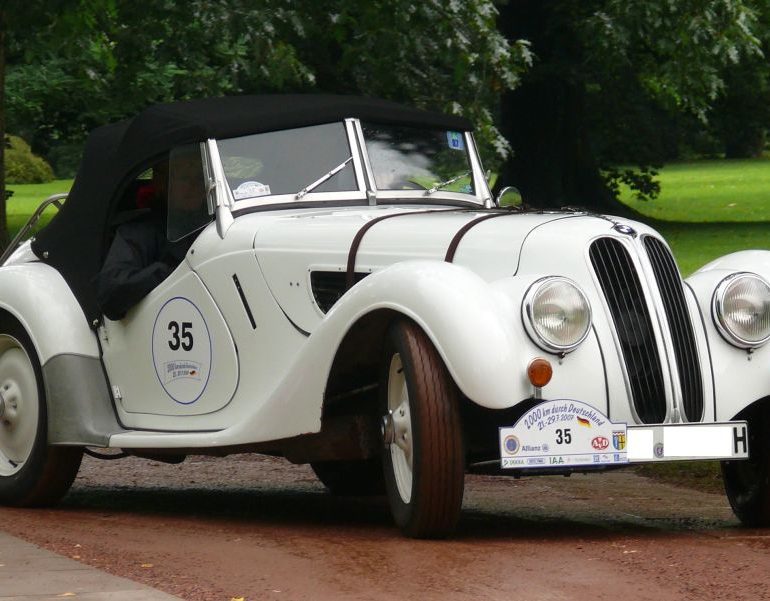The 1930’s Cars Chugged Along Despite the Great Depression – Here’s A Little History & The Greatest Cars Of The 1930s
1930s Car Innovations
Most 1930’s cars had four-wheel hydraulic brakes. Low-pressure balloon tires took the place of hard-riding high-pressure tires. During the 1930’s most cars were also equipped with heaters and radios. At this time cars also began to take on a smoother shape, more aerodynamic in design, hence offering less wind resistance.
The 1930 Cadillac 16 is the industry’s first production car to offer sixteen-cylinder engine and immediately sets a new standard for power, performance, and luxury. Another one of those great 1930’s cars



